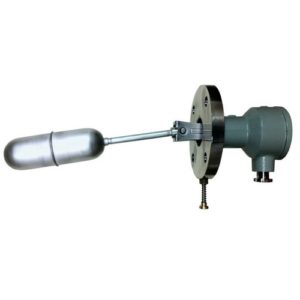Level Measurements
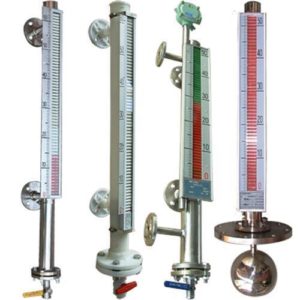
Level Gauges / Indicators
These types of Gauges for continuous level measurement without power supply. Through this type of arrangement of the level gauge, the level in the bypass chamber corresponds to the level in the vessel. The float with a built-in permanent magnetic system, which is mounted within the bypass chamber, transmits the liquid level, contact-free, to the magnetic display mounted to the outside of the bypass chamber.
Types : Bypass Level Indicator, Magnetic level gauge, Sight Glass Level Indicator, Float type Gauge
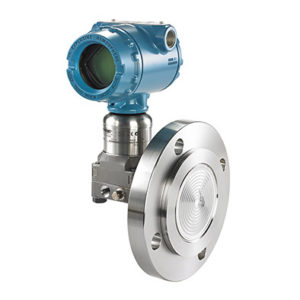
Level Transmitters
A Level Transmitter is simply an instrument that provides continuous level measurement. Level transmitters can be used to determine the level of a given liquid or bulk-solid at any given time.
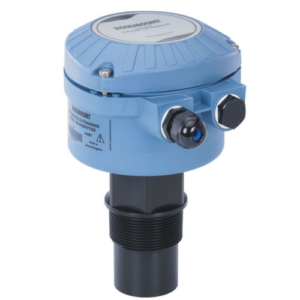
Ultrasonic Level Transmitters
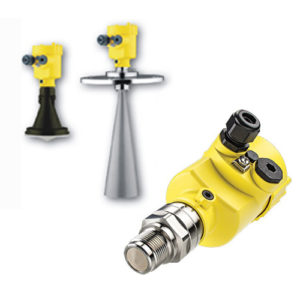
Radar Level Transmitters
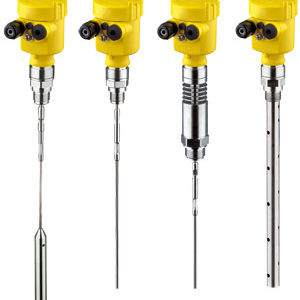
Guided wave Radar Transmitter
Guided Microwave Level Transmitters, this type of level transmitter works by sending a microwave or electromagnetic pulse through a sensor rod/cable. When the signal hits the surface of the liquid, it travels back up the sensor rod and back to the transmitter housing. The electronics are integrated into the transmitter housing, which determine the filling level from the time taken for the signal to travel down the sensor rod and back up again. The value is then shown in the display of the transmitter. This type of level transmitter is suitable for liquids, and is used in industrial applications in all areas of process technology. It does not require calibration or commissioning upon installation, and can measure liquid interface with or without an air gap.
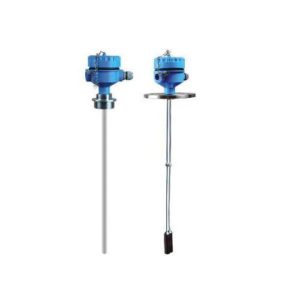
Capacitance Level Sensors
Capacitance Level Transmitters, take their name from capacitors. In other words, the electrical circuit element that temporarily stores energy for a circuit to use. Capacitors store energy between two insulated electrodes. A non-conductive medium is placed between the two electrodes to help store electrical charge. The more dielectric the medium, the more energy can be stored. So capacitance level transmitters therefore use the liquid in a tank as a dielectric medium between two or more electrodes.
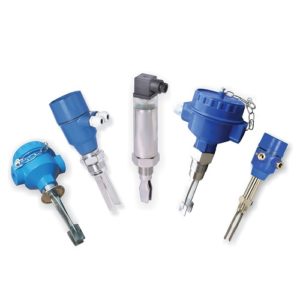
Vibrating Fork Level Switch
The vibrating fork type level switch working principle is simple and effective. This makes vibrating fork type level switches (a.k.a. tuning fork type level switches) reliable, cost effective and very popular for use in detecting the presence or absence of liquids and bulk solid materials. The vibrating fork type level switch working principle is based upon detecting the change in harmonic vibration frequency of the sensing element as a result of the presence of the target media.
